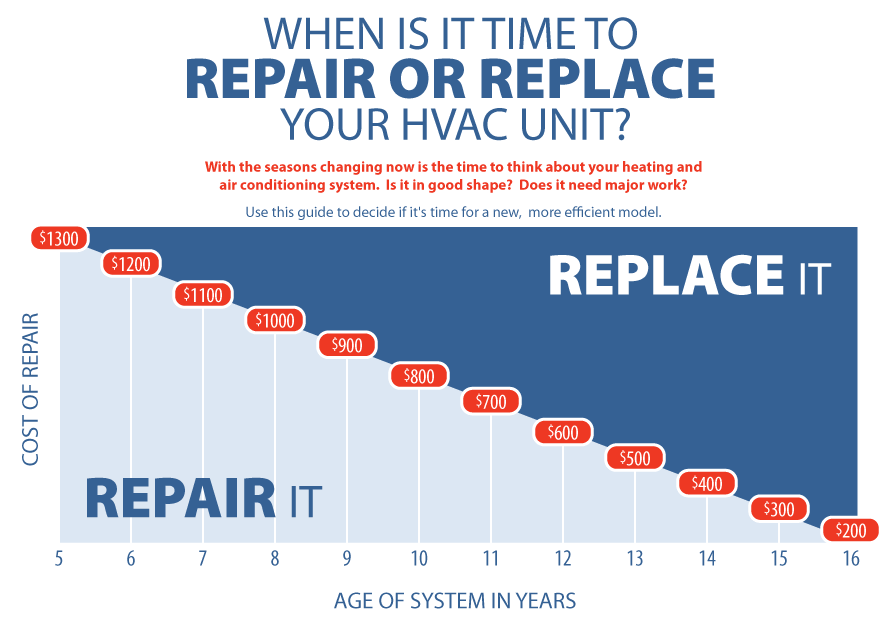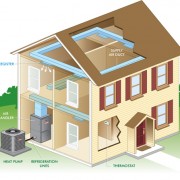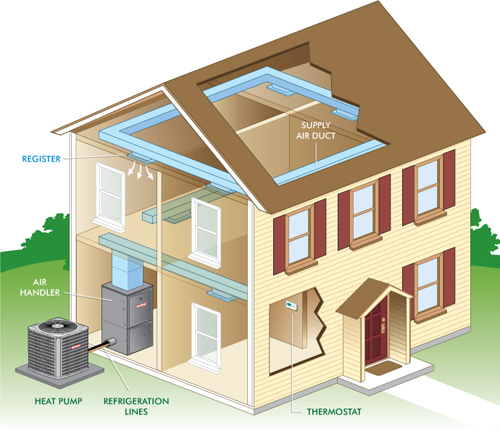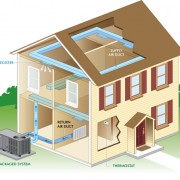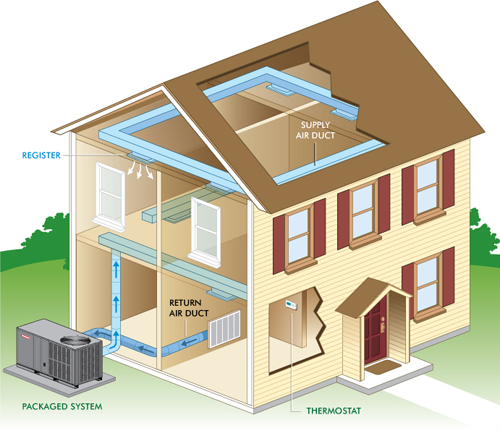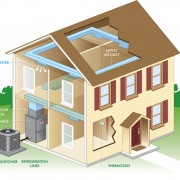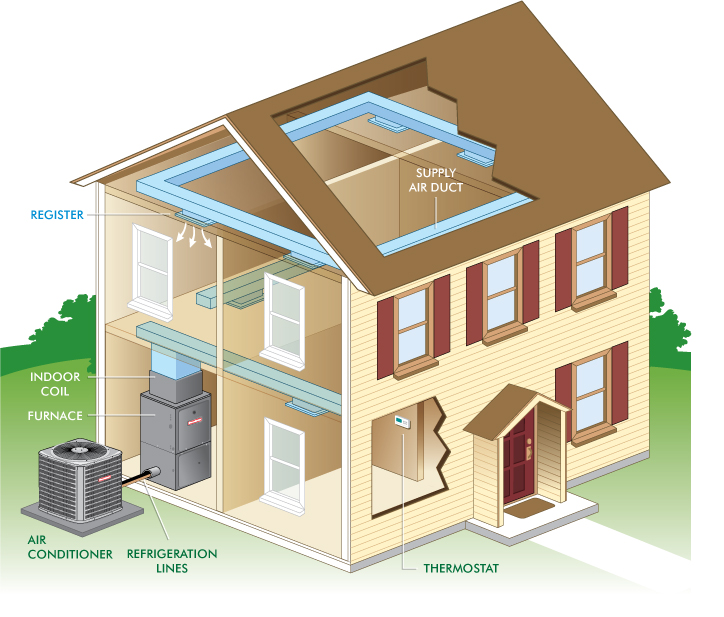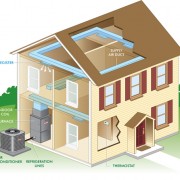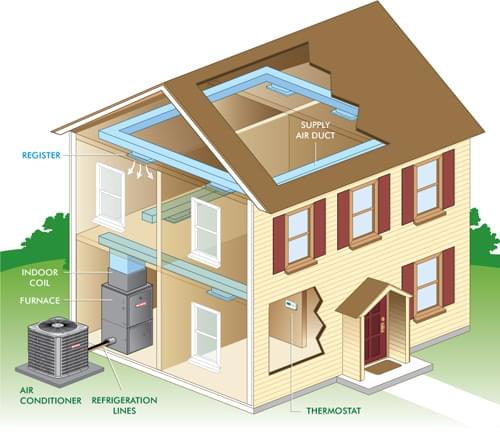Recall: Dehumidifiers made by Midea pose serious fire, burn hazard
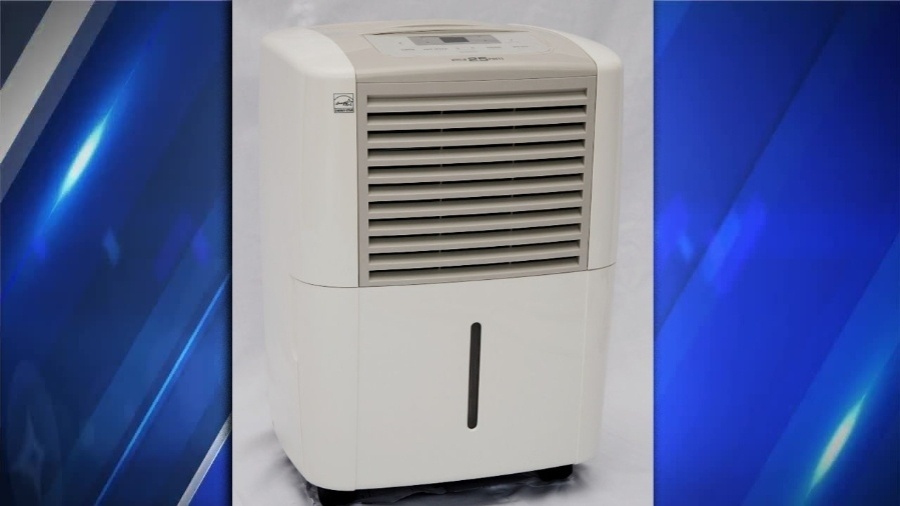
WASHINGTON — The U.S. Consumer Product Safety Commission (CPSC) has posted a recall for dehumidifiers made by Midea. The CPSC says those dehumidifiers can overheat, smoke and catch fire — which poses a serious fire and burn hazard.
This recall involves 25, 30, 40, 50, 60, 65, 70, and 75-pint dehumidifiers with the following brand names: Airworks, Alen, Arcticaire, Arctic King, Beaumark, Coolworks, ComfortAire, Comfort Star, Continental Electic, Crosley, Daewoo, Danby, Danby & Designer, Dayton, Degree, Diplomat, Edgestar, Excell, Fellini, Forest Air, Frigidaire, GE, Grunaire, Hanover, Honeywell, Homestyles, Hyundai, Ideal Air, Kenmore, Keystone, Kul, Midea, Nantucket, Ocean Breeze, Pelonis, Perfect Aire, Perfect Home, Polar Wind, Premiere, Professional Series, Royal Sovereign, Simplicity, Sunbeam, SPT, Sylvania, TGM, Touch Point, Trutemp, Uberhaus, Westpointe, Winix, and Winixl
The brand name, model number, pint capacity and manufacture date are printed on the nameplate sticker on the back of the dehumidifier. To determine if your dehumidifier has been recalled, enter the model number at recallrtr.com/dehumidifier
Contact GD Midea at 800-600-3055 from 7 a.m. to 6 p.m. CT Monday through Friday or online at midea.com/us/ and click on Product Recall for more information.


